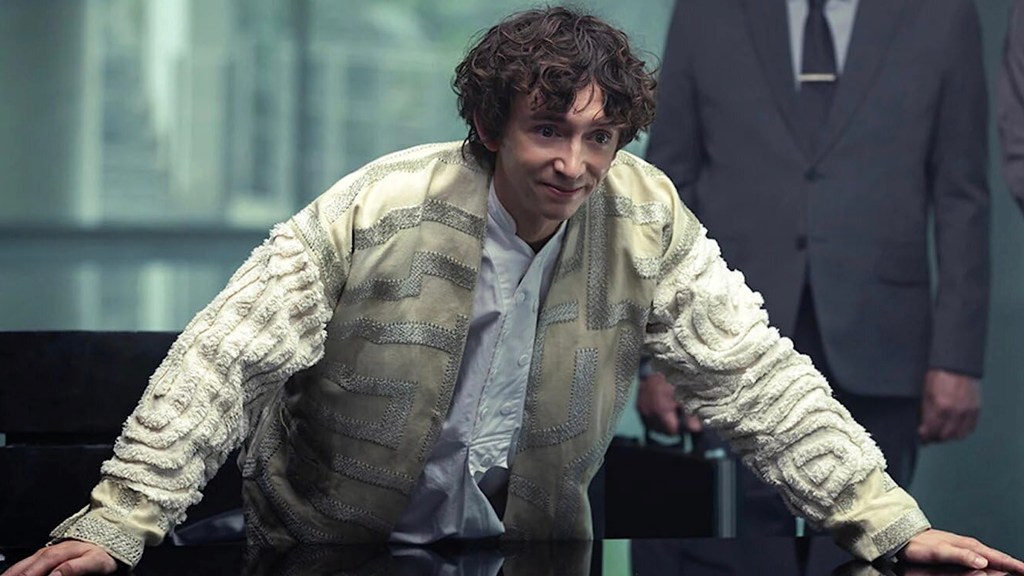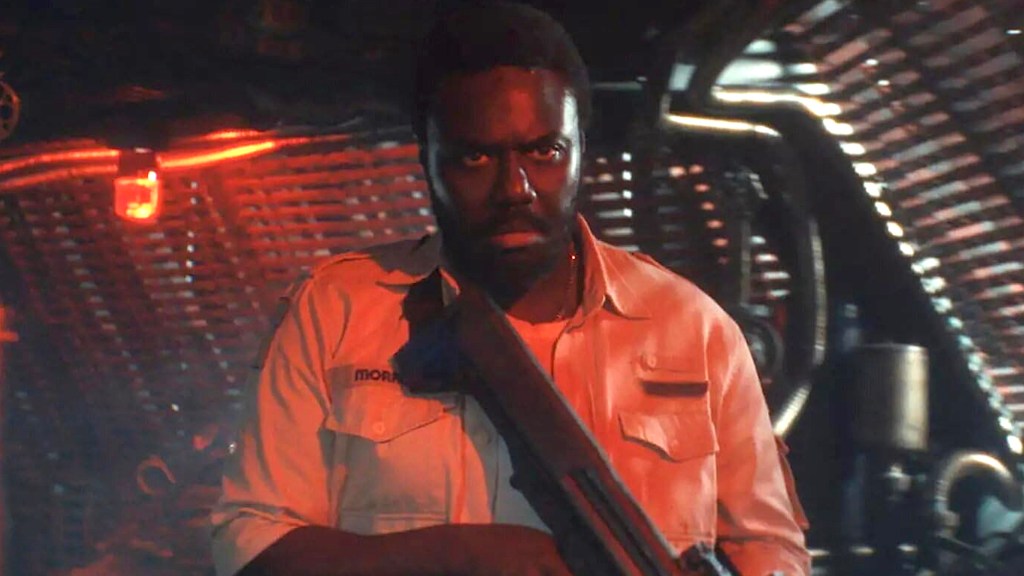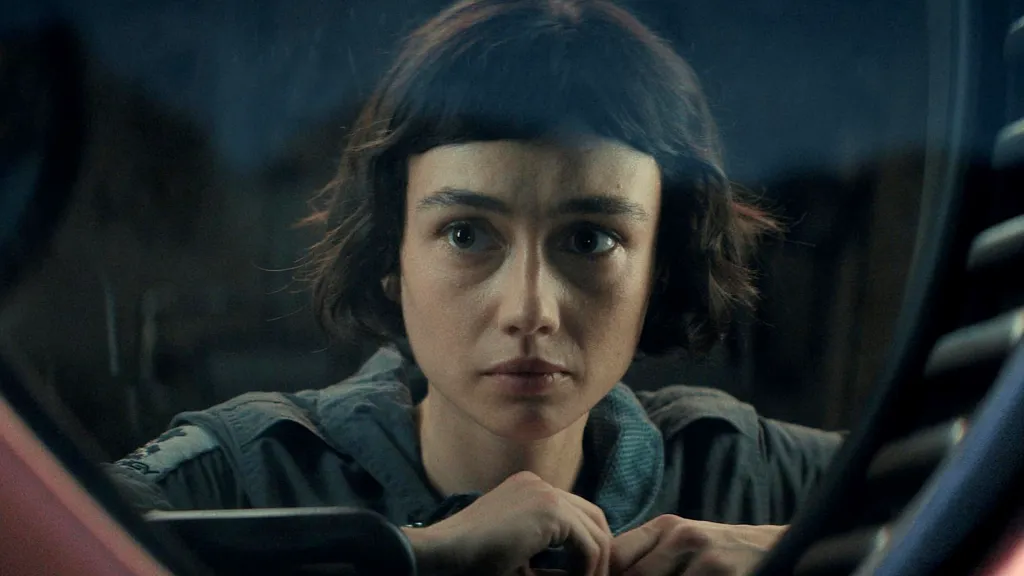Alien: Earth‘s first season has concluded, and the show’s impact on the Alien franchise is both positive and negative. The first-ever Alien TV series, Alien: Earth breaks new ground by focusing on new characters and monsters. Set two years before the events of Ridley Scott’s Alien (1979), the show’s narrative revolves around a Weyland-Yutani spaceship crash-landing on Earth with five invasive life forms in its cargo. The aliens fall into the possession of Prodigy Corporation CEO Boy Kavalier (Samuel Blenkin), who is eerily eager to study their frightening capabilities. Meanwhile, Prodigy looks to achieve immortality by transferring human consciousnesses into synthetic bodies, creating a group of hybrids known as the Lost Boys. Wicked schemes and gruesome fights with monsters are abundant in Alien: Earth, making the franchise’s new endeavor on FX and Hulu a must-watch.
Videos by ComicBook.com
Over the course of its eight episodes, Alien: Earth offers a fresh and dynamic take on Alien‘s lore, though its success doesn’t come without a few glaring errors.
7) Improved: Incorporating More Monsters and Machines

Xenomorphs are no longer the Alien franchise’s sole fixation, as Alien: Earth introduces many new monsters and machines. The show’s never-before-seen aliens include the horrifying and highly intelligent eye creature, which can control another being by ripping out its eye and implanting itself in the empty socket. There are also the vicious fly monsters, the deadly plant-like organism, and the parasitic blood bugs, which all show their terrifying abilities throughout Alien: Earth‘s story.
The series additionally depicts all kinds of advanced technology for the first time in the Alien franchise. Longtime viewers of Alien movies are familiar with the artificial intelligence beings known as synthetics, but Alien: Earth introduces two new types of technologically enhanced individuals. Cyborgs like Kumi Morrow (Babou Ceesay) are humans equipped with robotic elements. Before becoming hybrids, Wendy (Sydney Chandler) and the other Lost Boys were terminally ill children. Alien: Earth‘s focus on a new set of unsettling creatures and cutting-edge technology significantly factors into its success. Instead of following Alien‘s xenomorph-centric formula, the show expands the franchise’s world and lays an excellent groundwork for the future.
6) Improved: Introducing Compelling Characters and Arcs

Alien movies have never been hailed for their character development, but Alien: Earth introduces numerous compelling personalities and arcs that greatly improve the franchise. From its first episode, Alien: Earth familiarizes audiences with an array of characters, from the Weyland-Yutani head security officer Morrow to the first-ever hybrid Wendy. Other interesting figures like Prodigy’s synthetic scientist Kirsh (Timothy Olyphant) and the power-hungry Boy Kavalier also follow captivating storylines. Never before has an Alien project zeroed in on so many great characters from different factions and backgrounds. Fortunately, surface-level characterization is a thing of the past, as Alien: Earth grants each individual a unique personality, backstory, and growth over the course of the series’ eight episodes.
5) Improved: More Thoroughly Exploring Corporations and Oligarchy

Before Alien: Earth, Weyland-Yutani was minimally developed and at times, vaguely referred to as “the company.” The series stays true to Alien‘s anti-capitalist roots, yet explores the influence of big corporations on society in a much deeper and unnerving fashion. Prodigy and Weyland-Yutani, those who work for them, and the actions they take define Alien: Earth‘s narrative. The planet is run by the ultra-wealthy and powerful, and this oligarchy has complete control over humanity’s fate. Boy Kavalier’s greed cares little about the dangers posed by his new collection of organisms or his heavy reliance on AI, while Weyland-Yutani makes it clear that the importance of its vessel’s cargo far outweighs the lives of its crew members.
Alien: Earth takes things further by underscoring Prodigy’s horrid exploitation of children via the hybrids. Boy Kavalier treats them like his guinea pigs and pays no mind to their physical and psychological suffering. Viewers can find criticism of corporations and oligarchy in every Alien film; however, Alien: Earth renders this theme even more disturbing by lifting the curtain on Weyland-Yutani and Prodigy’s main players. The inner workings of capitalist cruelty are on full display in Alien: Earth, improving the show’s narrative complexity and strengthening its resemblance to the real world.
4) Improved: Episode 5 Is Better Than the Alien Movies

Alien: Earth Episode 5 feels like an Alien movie, and it’s brilliant. “In Space, No One…” flashes back to the Weyland-Yutani research ship, the Maginot, before crash-landing on Earth. A facehugger on the loose, a fire on board, and a mysterious saboteur present huge problems for Morrow and the rest of the crew, who battle each other and the various alien life forms to survive. Overflowing with tension and gruesome scares, the episode returns to the Alien franchise’s bread and butter while adding some cool elements of its own.
Morrow serves as the episode’s central character, yet his distrust of others and commitment to preserving the monsters over anything else align more with the villains of past Alien projects. This role reversal produces a darker take on the Alien formula compared to Ellen Ripley’s (Sigourney Weaver) heroics in previous films. Elsewhere, the eye monster’s riveting escape from captivity and the Maginot crew members’ gory deaths at the hands of the xenomorph and other creatures cement Alien: Earth Episode 5 as the show’s best chapter and an arguably better Alien movie than the actual Alien movies.
3) Hurt: Depicting Earth in an Extremely Limited Capacity

The show’s setting on Earth, rather than in outer space or on a distant moon, separates it from other Alien properties. However, Alien: Earth hardly takes advantage of this. Viewers don’t gain an in-depth sense of how Earth’s society functions at this point in the future, and the majority of Alien: Earth‘s scenes take place indoors. There’s an occasional shot depicting the futuristic city or a tropical landscape beyond Prodigy’s walls, though these sequences are few and far between. Alien: Earth‘s story is so locked onto its corporate leaders, scientists, hybrids, and other characters that it forgets to flesh out the environment around them. The series can easily make up for this oversight in future seasons, but for now, Alien: Earth‘s limited view of the planet and its society is a staggering error.
2) Hurt: Messing up Alien‘s Continuity and Timeline

The Alien franchise’s continuity was already shaky before Alien: Earth, and it’s now even messier. Weyland-Yutani’s vessel full of monsters seemingly confirms that the corporation already had extensive knowledge of the xenomorphs prior to the events of the first Alien movie. This fact is not reflected by the Alien films, as Weyland-Yutani goes to great lengths to cultivate and research the eggs and facehuggers. Moreover, Alien: Earth reveals that Weyland-Yutani possessed four other organisms equally, if not more, dangerous than a xenomorph. So, one has to wonder why Weyland-Yutani exclusively obsesses over xenomorphs throughout the franchise.
The existence of cyborgs and synths in Alien: Earth also conflicts with Alien‘s other projects, which only depict synths living among humans. It doesn’t make much sense for cyborgs and hybrids to play such a pivotal role in Alien: Earth only to vanish years later in the timeline. Alien: Earth superbly stands alone as an engrossing work of sci-fi horror, but its complicated relationship with the franchise’s established lore renders some of its story elements questionable. The show’s first season messes up Alien‘s timeline more than necessary, but only time will tell how much of a problem this is.
1) Hurt: Treating Xenomorphs Like an Afterthought

Although Alien: Earth‘s litany of new species is one of the show’s greatest strengths, its sidelining of the xenomorphs is a major mistake. Alien‘s iconic creature makes only scattered appearances, chest-bursting and slashing its way to a few kills in the wake of the crash, in the flashback episode, and in Alien: Earth‘s Season 1 finale. For the most part, xenomorphs feel like an afterthought. The series prioritizes other monsters, namely the eye, to expand the universe’s variety of life forms, but does almost nothing for the xenomorph’s development. It’s never explained how Wendy can communicate with them, and there’s no elaboration on the xenomorph’s origin or significance to Weyland-Yutani. Unfortunately, Alien: Earth‘s incorporation of new monsters comes at the cost of reducing the xenomorph to an underwhelming cameo role.
What do you think? Leave a comment below and join the conversation now in the ComicBook Forum!









